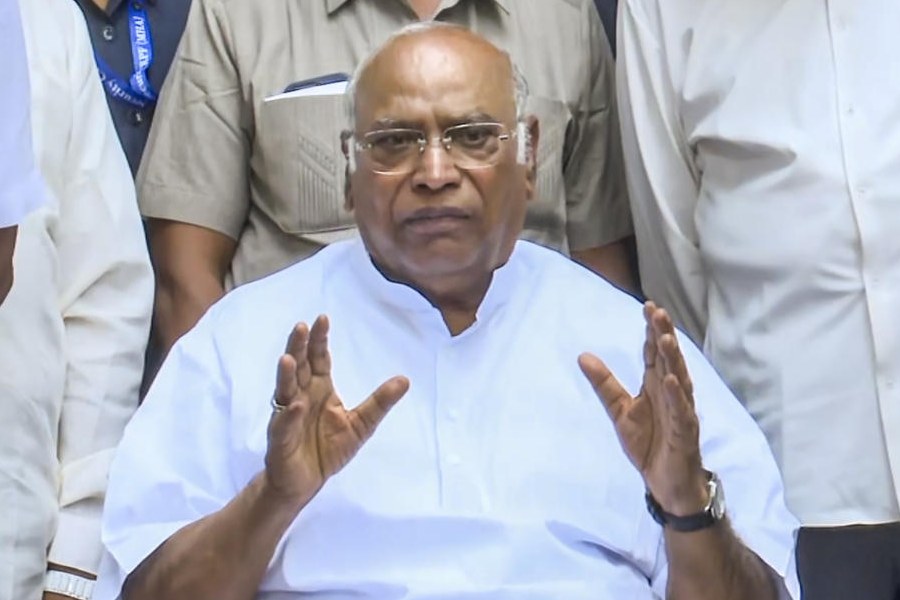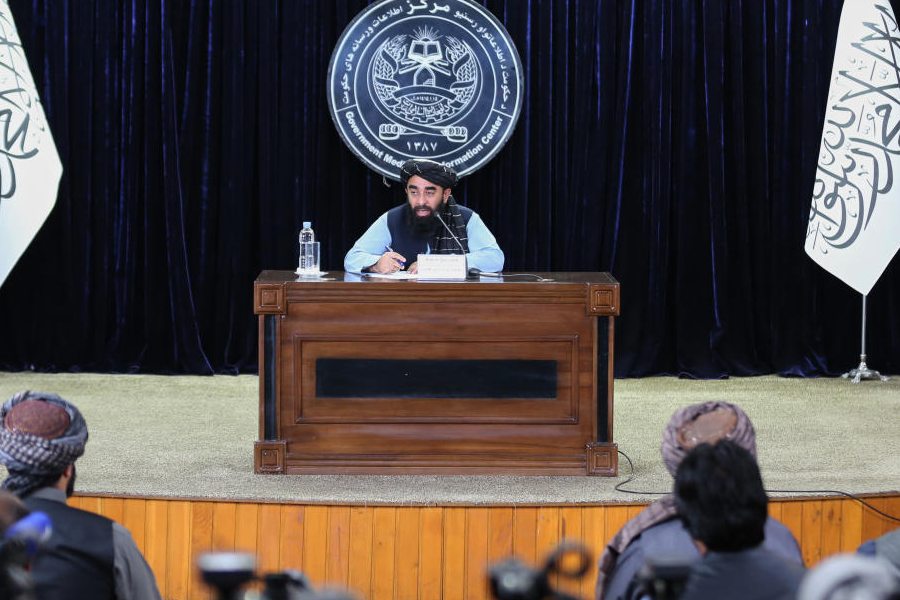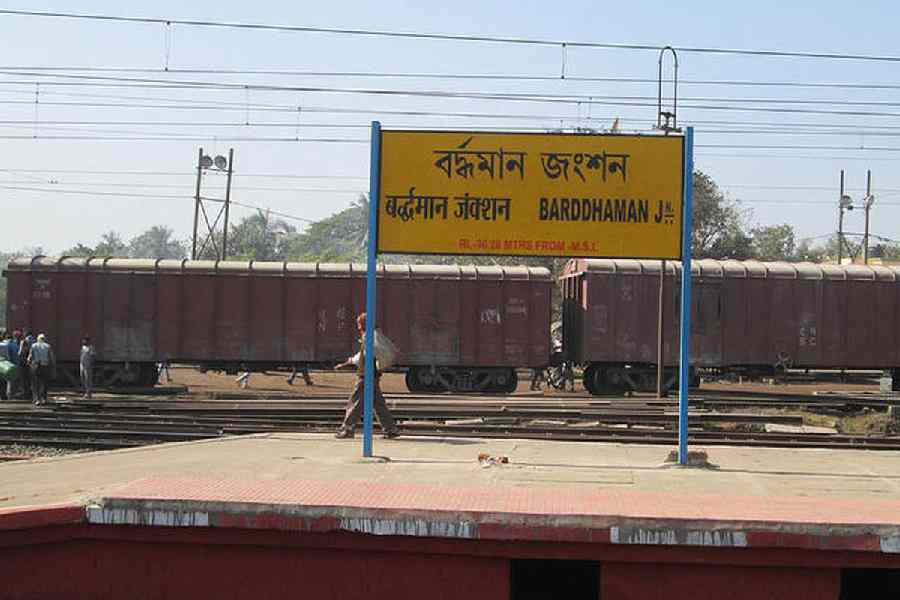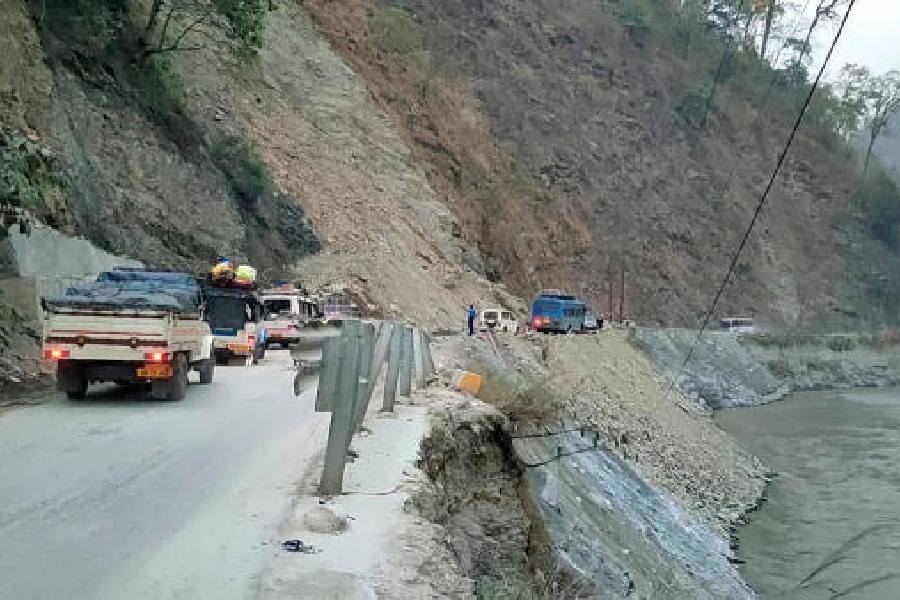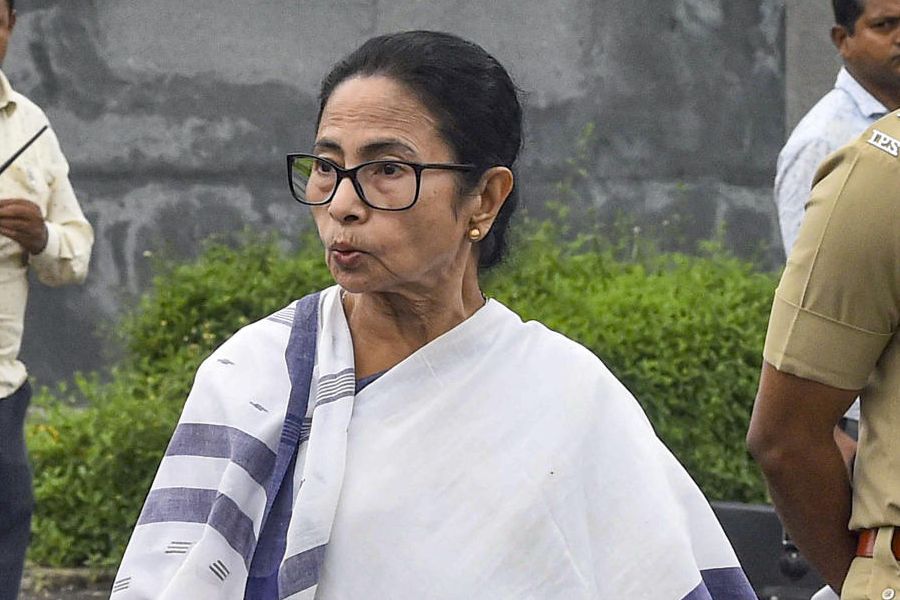New Delhi will celebrate its centenary on December 12, 2011, the day its foundation stone was laid a 100 years ago. Much has been written about the imperial city, its design and planning, its exclusive status, the attitudes of its architects, and so on. Indian writers have been critical of the colonial mindset that determined the planning of the capital when it shifted from Calcutta to Delhi. But surely, no one expected the British rulers to create anything but their imperial seat of power in the ‘jewel’ in their crown? Why would they conceive of and build an ‘Indian’ capital? They were not spending a vast sum of money to create a city as a gift for an India that was rapidly slipping out of their grasp — surely not.
If we are to look at the ‘imperial capital’ for what it was, it would seem to be a remarkable example of a well-constructed, imposing seat of power. Within the Western architectural idiom, many Indian elements and motifs were introduced, and craftsmen from across the country were invited to weave carpets and fabrics, lay gardens, chisel and carve stone, make elaborate furniture, and produce all the bits and pieces that came together to create the homes and offices of the officers of the Raj. The city was planned as a government enclave, with housing for officers who were mandated to serve the Crown in India. In 1947, freedom came and India became a ‘democratic republic’.
Chandigarh was the symbol of modern India. Ironically, it was as ‘colonial’ as New Delhi, housing the lower rung of officers in the outer portions of the city, giving the senior ones large plots near the central secretariat, instead of the other way round. Here, only one element of design was taken from Indian architecture — the jaali. Reinforced concrete that could not breathe, stark and deadly dull Stalinist-looking structures came out of the earth like a series of sterile, ugly structures, with no concern whatsoever for Indian aesthetics and culture.
Substandard
The municipalities and public works departments of the Central and state governments of the Union of India, influenced by the horror of Chandigarh and its alien aesthetic, built the most horrendous structures across the subcontinent, starting from the monstrous water towers that dot the stunning, rich and diverse landscape that is Bharat. Development in modern India has created the worst urban slums, which have no connection with the traditional cultural ethos of the country.
The many layers of our extraordinary and pluralistic civilization have left behind great edifices that are some of the best examples of architecture in the world. Post- Independence India offers the worst and, with it, endless criticism of the ‘imperial’ period, which, at least, had a definite purpose and style, unlike the haphazard, unplanned, badly constructed, ‘modern India’ that can be described in one word — substandard.
It is time the critics criticize and damn the present appalling state of design and building in India. We have had to accept the horrible specimens that the urban landscape of India has been decorated with over the last six decades. They define the aesthetic sensibility of babudom and have nothing to do with the skills and creativity, logic and beauty of Indian art, craft and architecture. In our arrogance, we have dismissed and set aside all our points of strengths in the name of modernity — a concept we have neither comprehended nor been able to put into practice. When the architecture of this period is excavated, a 1,000 years from now, it will shame us.
We must condemn the present set of institutions and the individuals who are destroying the ethos of this nation, where great sensibilities have thrived. The deterioration began in 1947. We need to restore our man-made landscape.


